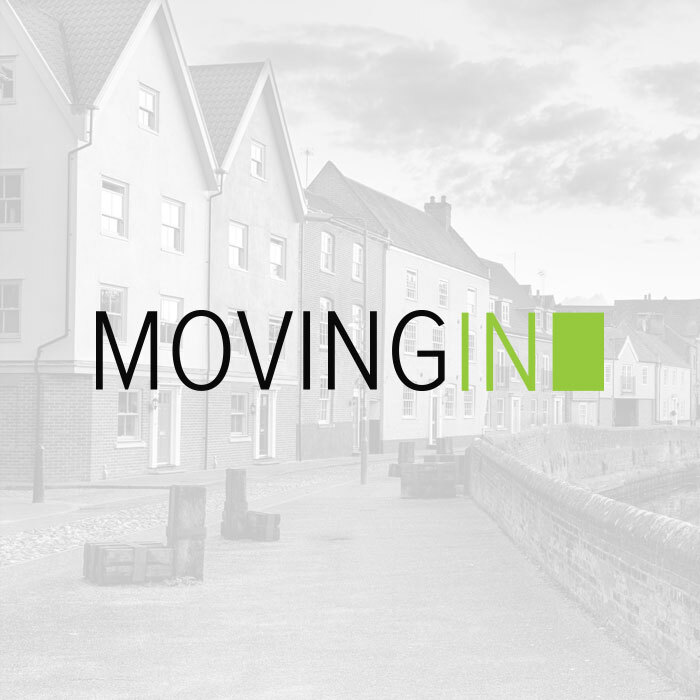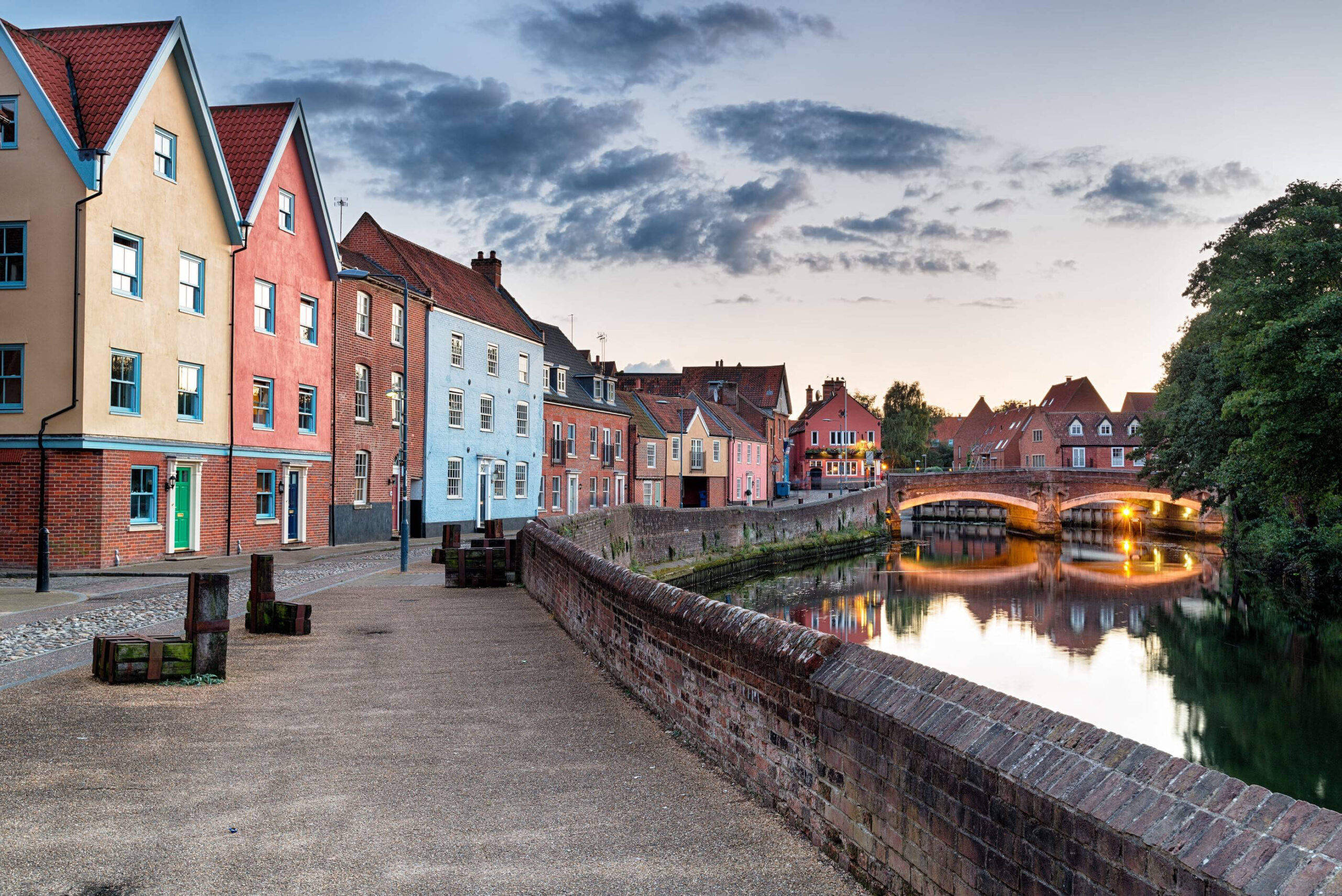
In The Money: £162,500 profit from each buy to let over 25 years
……………………………………………………
Original Source: Letting Agent Today.
Original Aurthor: Graham Norwood.
…………………………………………………….
Time to put the gloom and doom about buy to let to one side – a new analysis shows that a typical investor in the sector will see an estimated net profit of over £265,500 per property over the next 25 years, through rental income and capital gains.
That figure takes into account projected inflation – so in today’s money that is some £162,000, or nearly £6,500 per property per year.
The claim comes from Kent Reliance, a specialist mortgage lender; it says that over 25 years from today rental income would on average be a total of £369,500 and capital gains some £269,000.
Take away from that the costs of investing for 25 years – these amount to £373,000, including over £100,000 in tax.
Larger tax bills mean higher-rate landlords generate 24 per cent less profit than basic rate investors over the period, a total of over £203,000.
Returns vary significantly across regions, with profits estimated to reach over £307,000 in London in today’s money, almost £12,500 per annum.
All of these projections are based on a 25 year investment, placing a typical 30 per cent deposit of £73,908 on a property now.
Capital gains comprise a significant portion of these returns and Kent Reliance assumes that house prices and rents rise in real-terms by one per cent per year – this is well below their average performance over the last 20 years.
With regards to rent, a typical landlord receives £10,134 per year per property, based on current yields, and accounting for void periods, each year.
Over the course of a 25 year period, a typical property would generate a total rental income of £369,495. Based on this, even if a landlord did not sell their property, making no capital gains, income alone would not only cover outgoings, it would provide a profit of over £65,500.
Buying, running, and eventually selling an investment property is not without its costs and Kent Reliance says that total expenditure adds up to just over £373,000 over 25 years, equivalent to 58 per cent of the total income.
Tax is one of the largest costs. Over 25 years, the typical basic-rate landlord will contribute approximately £99,600 per property to the Treasury’s coffers: over £60,000 in capital gains tax, £29,000 in income tax, and nearly £10,000 in stamp duty.
For higher rate tax-payers, the burden is heaver still following the recent changes.
They can expect to pay three times as much income tax as basic-rate landlords – nearly £88,000. Under the previous tax regime, this would have been around £58,600, meaning their income tax bill over 25 years has increased by 50 per cent following the 2015 Budget changes.
Higher tax bills see their overall return reduced to £203,000 over the period, a quarter less than their basic-rate peers.
Mortgage finance costs are the largest cost for a typical landlord, at a total of £157,000. However, as the mortgage debt does not rise each year, it represents a smaller proportion of the property’s value, and a smaller proportion of monthly income each year.
Landlords will typically spend a further £72,000 in the maintenance and running costs of a property, excluding any improvements. The research also factors in an opportunity cost of over £34,000, the return an investor could have made from long-term savings instead.
The analysis is based upon what Kent Reliance calls “a conservative series of projections” for house price and rental inflation and inflation. In the central case, both house price and rental inflation is assumed to rise in line with the Office for Budget Responsibility’s furthest range forecast for real-terms wage growth (one per cent) and the Bank of England’s two per cent inflation target.
Initial rental house prices and rents have been taken from Kent Reliance’s Buy to Let Britain series, which is based on detailed analysis of ONS data, alongside rental data from LSL, Citylets, and BDRC Continental and the Registers of Scotland.
The research assumes a loan-to-value ratio of a new investor with an interest-only mortgage stands at 70 per cent, in line with the Council of Mortgage Lenders’ data for buy to let house purchase.
The running cost per property of 19.5 per cent gross rental income are based on a survey of 817 landlords, conducted in association with BDRC continental. The model also accounts for the transactional costs associated with buying and selling property, including 1.3 per cent estate agent fee and £1,419 for legal fees.
As HMRC estimates that 82 per cent of landlords are currently basic-rate taxpayers, the calculations for a landlord are primarily based on the tax situation of a basic-rate taxpayer that has fully utilised their personal allowance. Income tax thresholds are assumed to rise in line with inflation, allowing for fiscal drag over the 25 year period.






